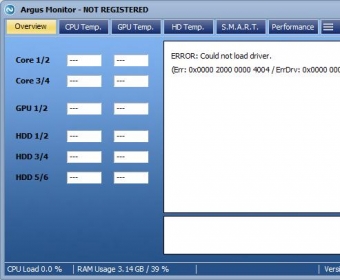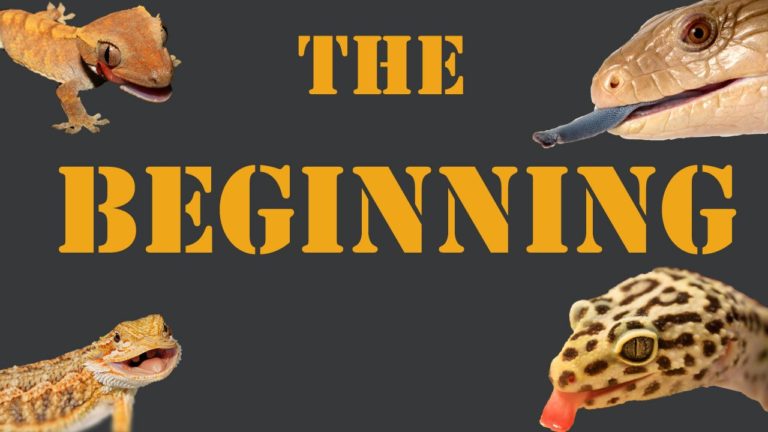
Most reptiles are oviparous (egg-laying) animals with the exception of some ovoviviparous (live-bearing) constrictor snakes and vipers, as well as a few lizard species. Reptiles are animals that are ectothermic (cold-blooded) vertebrates that breathe air. Lizards belong in a large class of animals called Reptilia, which contains over 8225 species. Reptile Care: Keeping Reptiles and Amphibians as Pets For information on keeping lizards as pets, see: Each of these sections has a list of all types of lizards that may be found for pets, as well as many other species. There are currently about 27 lizard families, based on traditional classification, described as well. In this guide, the lizard classification section outlines the main taxonomic ranks, from the kingdom down to the lizard families. The groupings, and the principles behind the groupings, have significantly changed since their conception and continue to change and expand, as more information is being assimilated. These ranks are kingdom, phylum, class, order, family, genus, and species. The Linnaean classification system has a hierarchy of seven main taxonomic ranks, defined by the international nomenclature codes. The system currently used by taxonomists is called the Linnaean taxonomic system, in his honor. Linnaeus is often called the 'Father of Taxonomy'. He is credited for the beginnings of this system as a way of arranging plants and animals into groups based on differences and similarities between them. This classification system was devised by Swedish biologist Carl Linnaeus in the late eighteenth century. Lizard classification is part of a natural classifying system used by taxonomists. Only Chameleon's have those crazy bulging eyes that swivel around in all directions, and those curious feet. The lizard in the picture above is easily recognized as a Chameleon.

Most lizard families contain various groups of lizards tied together by anatomical similarities, Many common lizard species are often simply referred to as Agamas, Chameleons, Geckos, Iguanas, Monitors, Skinks, Tegus and a few others. To demonstrate its utility and generalizability, two different datasets were explored using ARGUS and our use cases and designs were strongly validated in evaluation sessions with expert and non-expert users.Pet lizards and lizard species in general are often described by their family, or a common name descriptive of their family.

The design of ARGUS was guided by a goal and task analysis study involving an expert versed in HBR and smartphone sensing.

This array of visualization overlays in ARGUS enables analysts to gain a more comprehensive picture of HBRs, behavioral patterns and deviations from regularity. ARGUS also facilitates deeper HBR insights and understanding of causes by linking multiple visualization panes that are overlaid with objective sensor information such as geo-locations and phone state (screen locked, charging), and user-provided or smartphone-inferred ground truth information. As a foundation of ARGUS, we design an intuitive Rhythm Deviation Score (RDS) that analyzes users’ smartphone sensor data, extracts underlying twenty-four-hour rhythms and quantifies their degree of irregularity. This score is then visualized using a glyph that makes it easy to recognize disruptions in the regularity of HBRs. To assist analysts in the discovery and understanding of HBR patterns, disruptions and causes, we propose ARGUS, an interactive visual analytics framework. Prior work has largely utilized computational methods such as machine and deep learning approaches, which while accurate, are often not explainable and present few actionable insights on HBR patterns or causes. As human behavior is complex and smartphone data is voluminous with many channels (sensor types), it can be challenging to make meaningful observations, detect unhealthy HBR deviations and most importantly pin-point the causes of disruptions. Ubiquitous devices such as smartphones can sense HBRs by continuously analyzing data gathered passively by built-in sensors to discover important clues about the degree of regularity and disruptions in behavioral patterns. Human Bio-Behavioral Rhythms (HBRs) such as sleep-wake cycles ( Circadian Rhythms), and the degree of regularity of sleep and physical activity have important health ramifications.


 0 kommentar(er)
0 kommentar(er)
